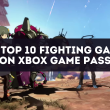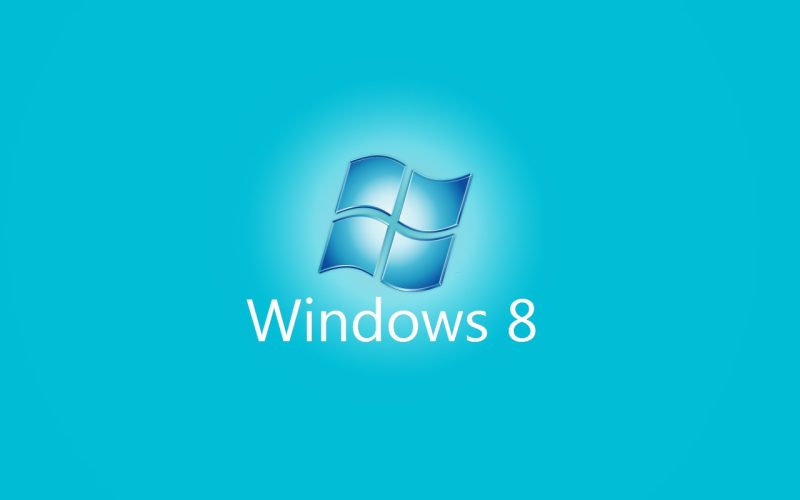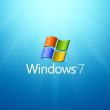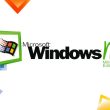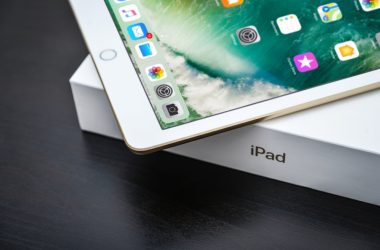Table of Contents Show
After Windows 7 proved to be hugely successful and popular amongst its user base, Microsoft thought it was time for a change. Windows 8 made a lot of overhauls to the basic functionality of Windows; it was largely designed around the touchscreen tablet experience and didn’t maintain a lot of the mainstays users had become accustomed to. For that reason, it was, at best, a controversial operating system, at least until Windows 8.1 came along. Here are 17 things you might not have known about Windows 8, one of Microsoft’s least-liked systems.
1. It has the same system requirements as Windows 7
Interestingly enough, Windows 8 requires just as much RAM to run as Windows 7. There don’t seem to have been many changes in terms of basic requirements across the board; Windows 8 still requires a 1GHz processor, a DirectX 9-capable graphics processor (which can be an onboard unit), and either 1GB or 2GB of RAM depending on whether you’re running the 32-bit or 64-bit version of the system. This marks the first time in the OS’ history that the requirements remained the same for a major numbered upgrade.
2. Windows 8 debuted Windows Defender
Although Windows Defender is essentially just a renamed version of a feature that was already present in the Microsoft Security Essentials package, in Windows 8, the software was included by default. It’s a basic antivirus protection program that actually has better detection and more robust protection than many of its commercial rivals. With the advent of Windows Defender, most users simply didn’t need extra antivirus software on their PCs.
3. Windows 8 was designed for parity with Windows Phone
Since Microsoft was pushing the now-defunct Windows Phone operating system at the same time as its core Windows PC OS, the company designed the interface for Windows 8 to closely resemble that of the Windows Phone. That’s why the aesthetic primarily featured tiles and was clearly designed to work best with touch devices; apps, programs, and other features were intended to work across both Windows and Windows Phone.
4. By default, Windows 8 doesn’t have Blu-ray or DVD support
Since most laptops that shipped with Windows 8 didn’t have any way to play back physical media, Windows 8 didn’t include DVD or Blu-ray licenses. However, most computers you buy with a disc drive will have these licenses included, so it’s not necessarily an issue. In addition, there are plenty of free pieces of software you can download that will have the licenses.
5. You couldn’t disable the new UI until Windows 8.1
In 2013, Microsoft released an update for Windows. Titled “Windows 8.1”, this update restored the classic desktop environment to Windows and allowed users to get rid of the tile UI that had been Windows 8’s default. Prior to the introduction of Windows 8.1, it wasn’t possible to get rid of these tiles; you were stuck with them if you wanted to use Windows 8. It’s a good thing Microsoft made this change, as the classic desktop is much more iconic.
6. Windows 8 still has almost 4% of the global Windows market share
Even though Windows 8 was almost universally hated, the operating system still enjoys almost 4% of the global market share of devices running Windows. Of course, to get to this number, you have to include Windows 8.1, which many would call a different system altogether. Still, as it’s part of the Windows 8 “family”, we’re including it. In fairness, extended support for Windows 8 has yet to end, so these devices are still technically supported.
7. Microsoft got sued over the Live Tiles feature
Windows 8’s default UI was called Live Tiles, and Microsoft got itself into some hot water over the system. A company by the name of SurfCast alleged that Microsoft’s Live Tiles infringed on a patent it created for tiles that would update information in real time. In 2014, a court found in Microsoft’s favour, putting an end to the lawsuit. Still, it must have brought back unpleasant memories of the Windows Internet Explorer suit.
8. The Windows Store debuted with Windows 8
Now a universal feature of all Windows operating systems, the Windows Store got its start with Windows 8. This store is where you download programs you want to use with Windows; while you can obviously find install packages on websites and in other places, the Store collects many popular programs in one place. It’s also technically the real “talent” behind the Xbox Game Pass app on PC.
9. Windows 8 got some pretty bad reviews
On release, Windows 8 was almost universally hated. Critics described feeling “angry” with the way the new operating system worked; they were unable to accomplish tasks that had been easy with Windows 7, meaning that the new software just wasn’t up to par. It’s clear to see what Microsoft was trying to do with Windows 8, but for many people, it just didn’t work as well as it should have done.
10. Media Centre was a paid download in Windows 8
In previous versions of Windows, the Media Centre, which was a hub from which you could access your media, came with the software for free. Windows 8, however, relegated Media Centre to a paid download. For a while, if you purchased Windows 8 Pro, you could get Media Centre for free, but after that point, you had to pay for it if you wanted it. No wonder people gravitated towards free alternatives, eh?
11. Windows 8 came with new family features
The Family Safety feature in Windows 8 was designed to help families restrict access to their PCs for children. It included options to help you monitor web access, set time limits, and control the degree to which your kids could access the Store. Obviously, these controls weren’t perfect, and they were unused in many cases, but the fact that they were there was a blessing for some families.
12. Windows 8 and 7 have sold more units than Europe’s population
If you combine the sales figures for Windows 7 and Windows 8, you’ll find that they have sold more copies than the population of all of Europe put together. At last count, the population of Europe stood at around 747 million, which is dwarfed by Windows 7 and 8’s combined 830 million sales. Granted, most of that is Windows 7 doing the heavy lifting as Windows 8 didn’t sell anywhere near as well, but it’s still impressive.
13. An overhaul in 2013 restored Windows 8’s desktop environment
After outcry and complaints from users and software developers alike, Microsoft backtracked on some of its changes in Windows 8. It released Windows 8.1 in 2013, making a number of changes including bringing back the classic desktop environment and the taskbar. Technically, the desktop environment was available in Windows 8 vanilla, but you couldn’t bypass the tiles to boot straight to it.
14. Windows Update got an overhaul in Windows 8
One of the most complained-about features in Windows 7 was the frequency and ubiquity of Windows Update. You’d constantly be barraged by annoying pop-ups telling you to update your system, and it could be seriously disruptive. Windows 8 scaled that back a little, instead showing you relatively unobtrusive notifications that it was time to update your system. This feature was further scaled back in future Windows instalments, too.
15. Windows 8 sold 100 million licenses in the time it took 95 to sell 40
To get an idea of just how much more popular Windows was in the time of 8’s release compared to 95’s, check this out. Windows 8 managed to sell 100 million licenses in its first year, which is over double the 40 million Windows 95 shifted in the same time period. Windows 8 is widely considered a disappointment for Microsoft, but we’re sure that if Windows 95 had sold 100 million licenses in a year, there would be cause for celebration in Redmond!
16. The Windows division president called Windows 8 “the biggest change” since 95
For Steven Sinofsky, the Windows division president at the time, Windows 8 represented the largest departure from tradition since Windows 95. It’s easy to see what he means, too; from Windows 95 all the way through to Windows 7, the basic structure and operational parameters of Windows arguably remained the same. Windows 8, however, upturned everything, and not necessarily for the better!
17. Support for Windows 8 hasn’t ended yet
Unlike many of the older Windows operating systems, Microsoft is technically still supporting Windows 8.1. If you still have baseline Windows 8, then support for your system ended in 2016, but support for Windows 8.1 is due to continue until 2023. Given that 4% of Windows-enabled computers worldwide are still running this OS, it’s probably a good thing Microsoft isn’t ending support for it yet, despite how maligned it might have been in the public eye.
– Continue Reading This Article Series
17 Things You Didn’t Know About Windows:
– Windows 3.0x
– Windows 95
– Windows 98
– Windows Me
– Windows Vista
– Windows XP
– Windows 7
– Windows 8
– Windows 10
– Windows 11



